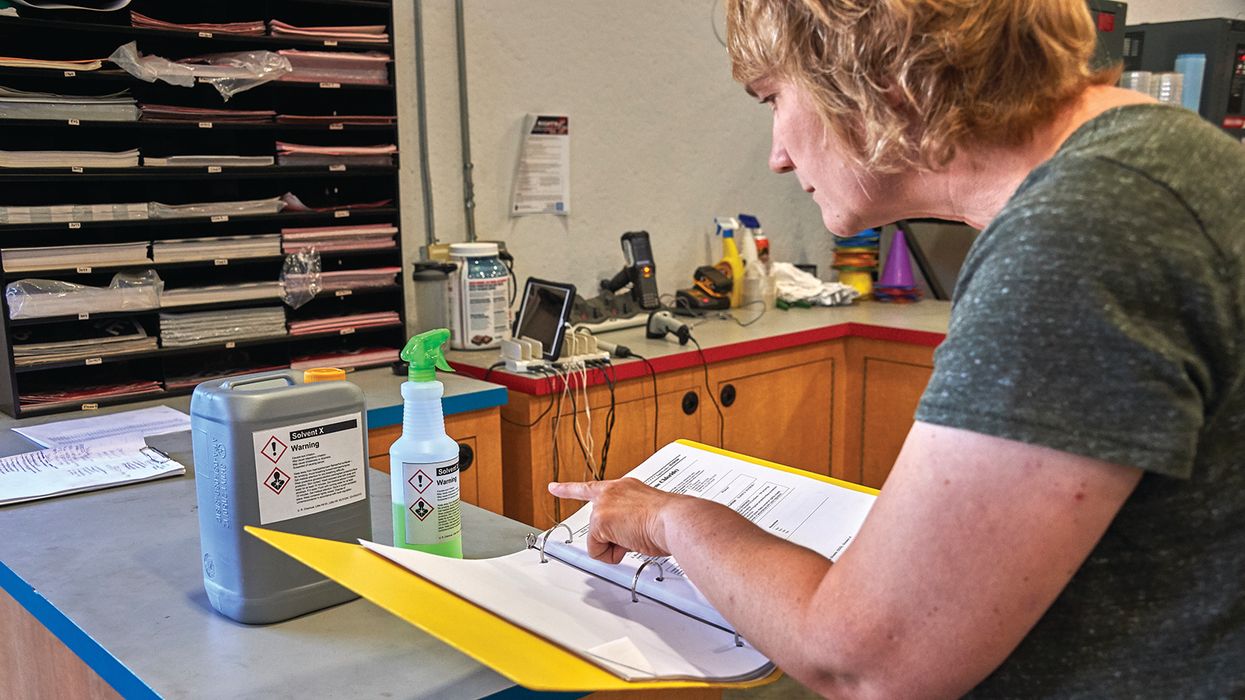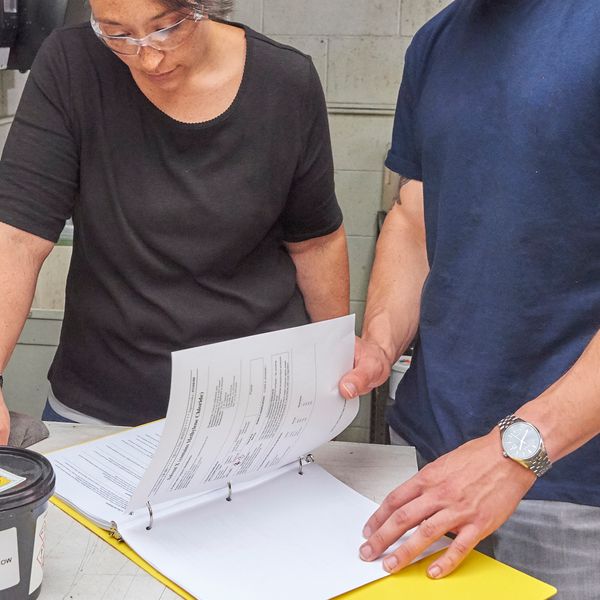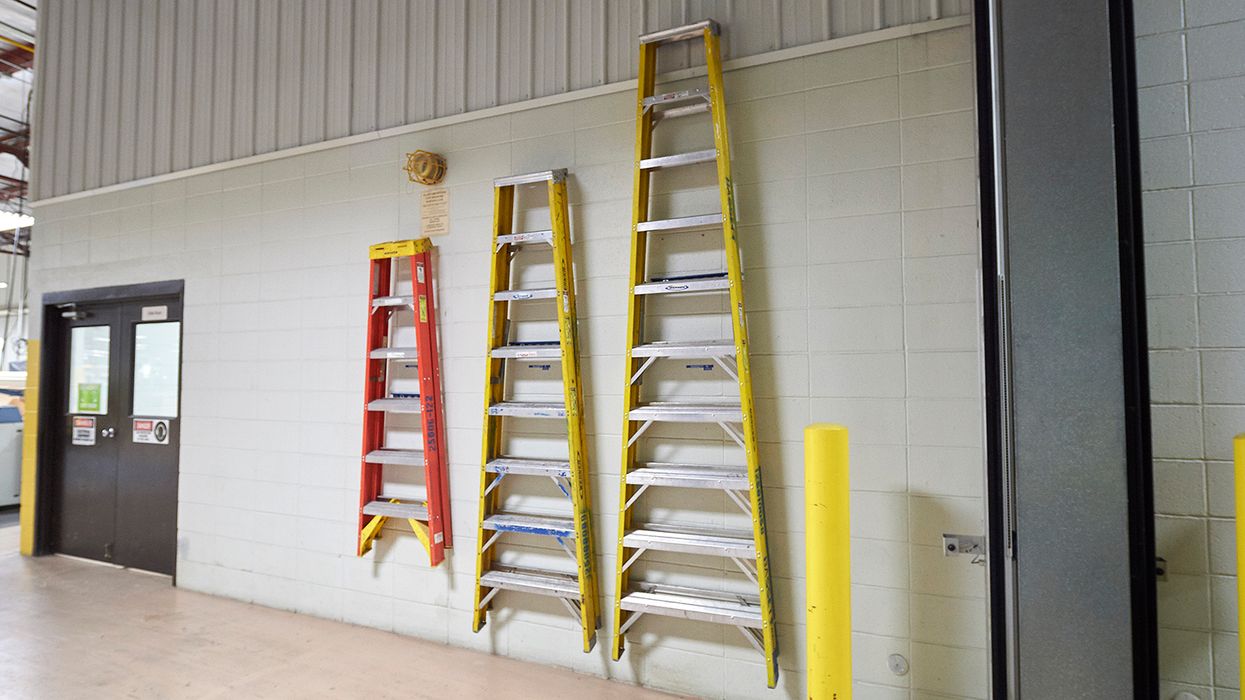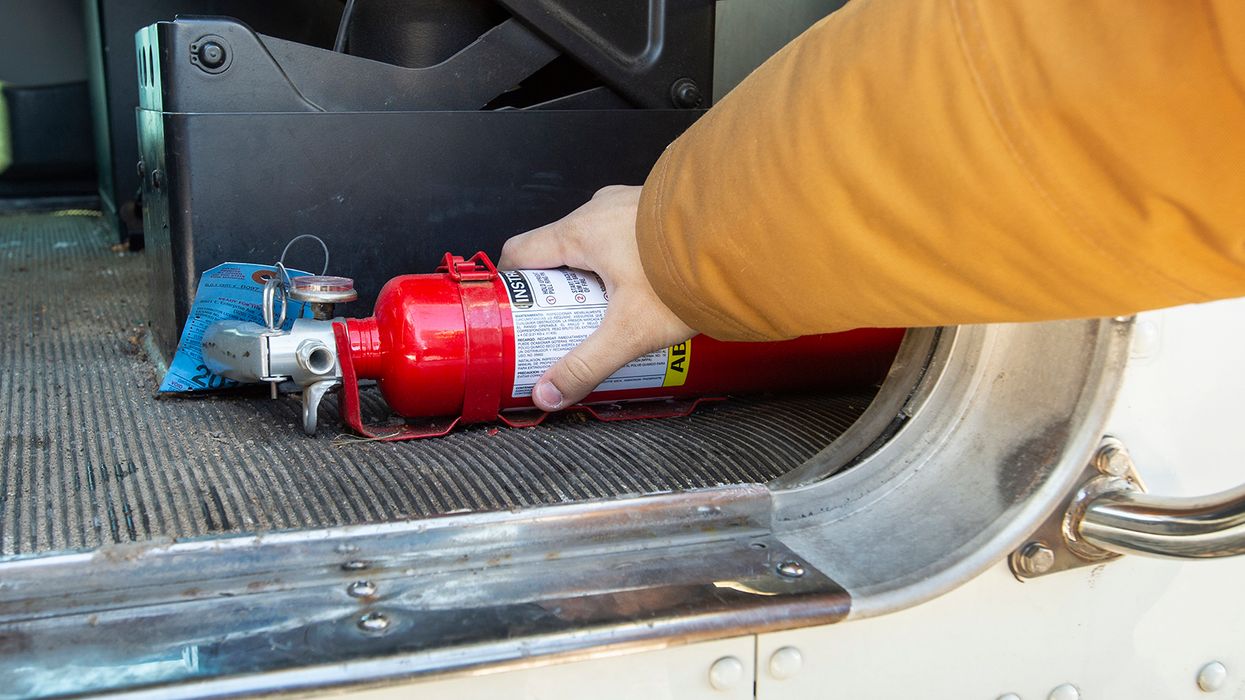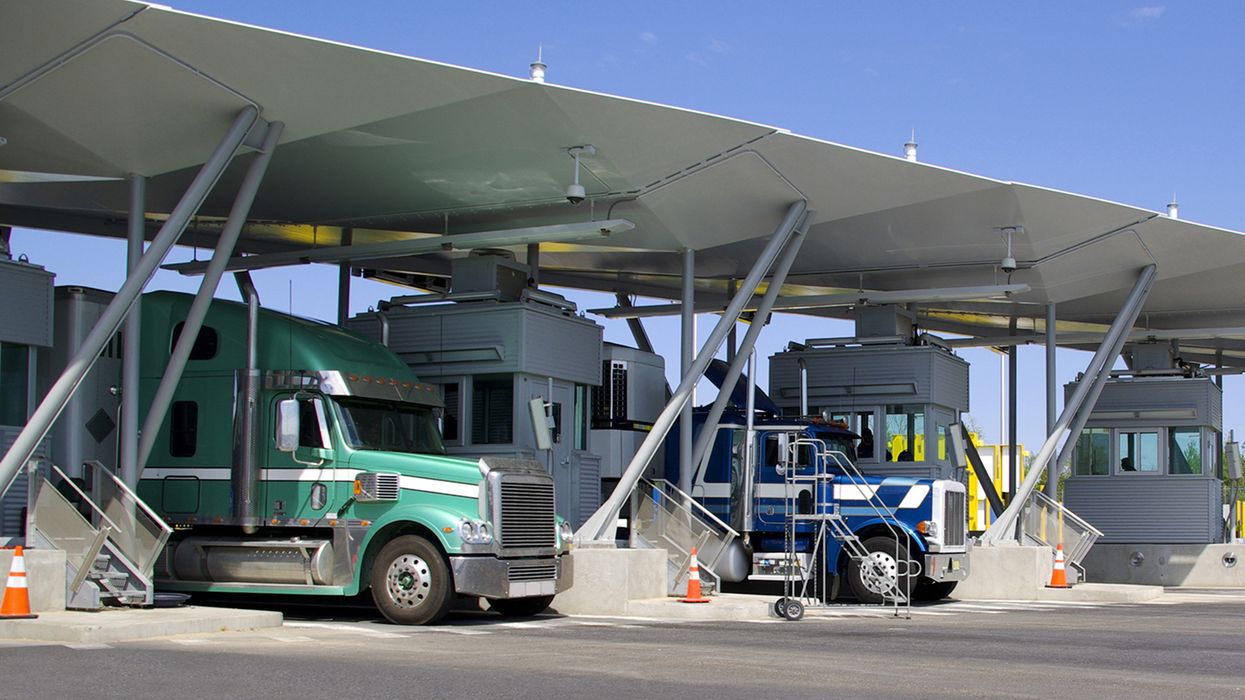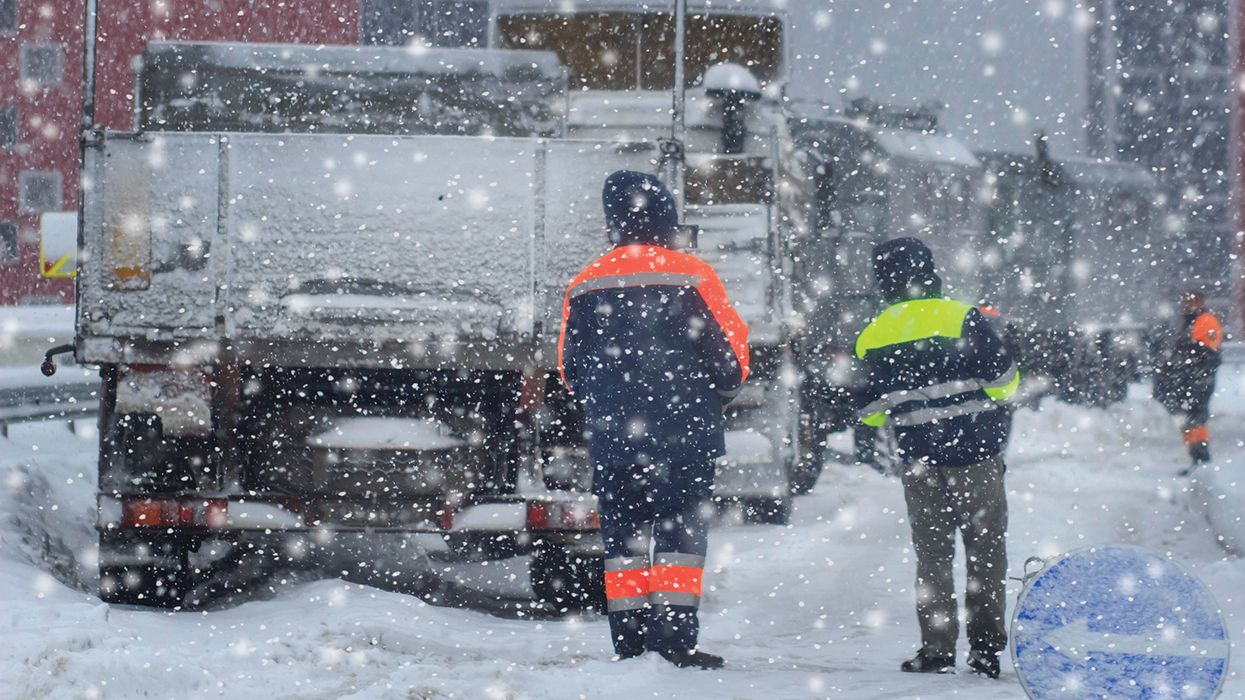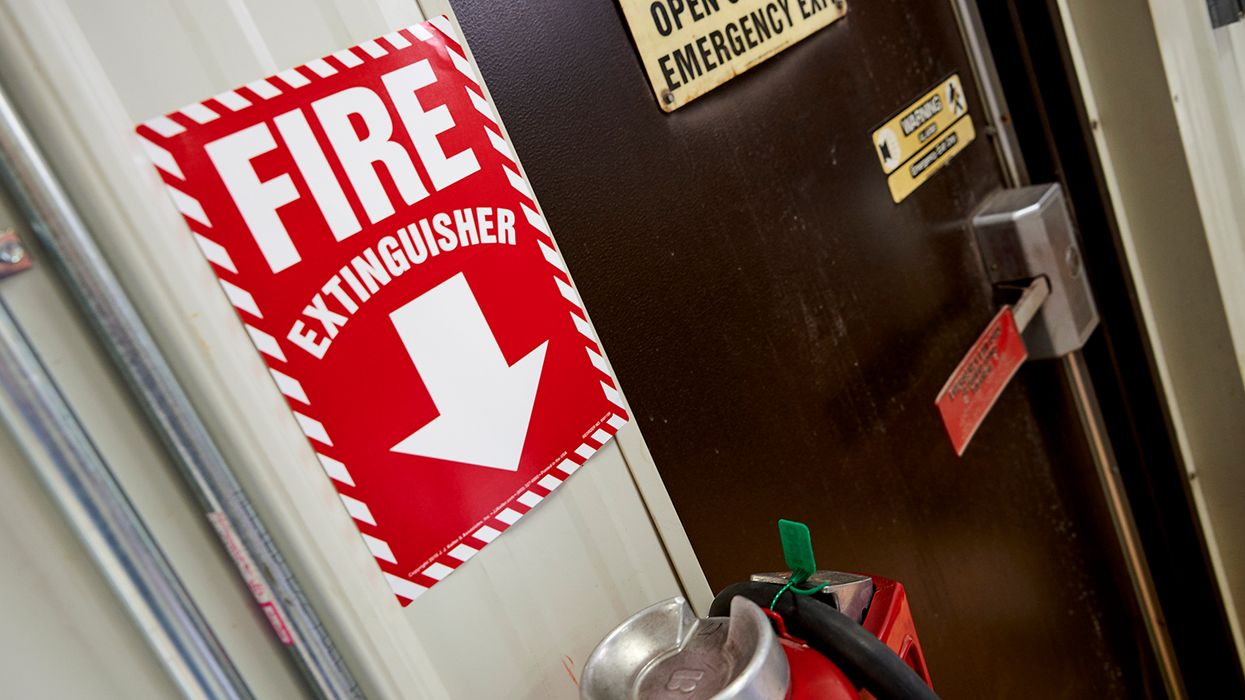Exemptions, SDSs, and labels: Your recent HazCom questions answered
We’ve had some great Hazard Communication (HazCom) questions come in through our Expert Help feature and our webcasts lately. Thank you! The following are answers to popular questions asked last quarter.
If we purchase a chemical from a local store, is it exempt from HazCom?
Assuming the chemical is, in fact, a hazardous chemical by definition, the answer depends. The standard contains 12 exemptions at 29 CFR 1910.1200(b)(6), which may apply to your situation. Often employers can spot an exemption for some of their hazardous chemicals, so it’s worth checking the list.
Consumer products, for instance, are exempt if they’re only used at work as intended by the manufacturer or importer and that use is in a duration and frequency no greater than the range a consumer would reasonably experience. On the flip side, if a consumer product is not used as intended or is used longer or more frequently than a reasonable consumer would, it is covered by the HazCom standard.
In many cases, OSHA lists a substance as exempt at paragraph (b)(6) because it’s regulated by another OSHA standard or another federal agency. In this way, OSHA did not duplicate employer efforts with a HazCom requirement. Hazardous waste covered under EPA’s Resource Conservation and Recovery Act (RCRA), is an example.
If a contractor brings a hazardous chemical into our facility to perform work but our employees aren’t exposed and there’s no potential for exposure, do we need an SDS for it?
If there’s no exposure or potential for exposure to your own employees during normal operating conditions or in a foreseeable emergency, then you don’t need a safety data sheet (SDS) for that hazardous chemical. To help make that determination, see the term “exposure” as defined in 1910.1200(c).
As a contractor specializing in overnight cleaning, we sometimes assign associates to different sites. Would it be compliant to use one binder across multiple locations?
The HazCom Standard does allow you to maintain a single binder at the primary workplace, provided workers can immediately obtain the information in an emergency. This is explained at 1910.1200(g)(9): “Where employees must travel between workplaces during a workshift, i.e., their work is carried out at more than one geographical location, the safety data sheets may be kept at the primary workplace facility. In this situation, the employer shall ensure that employees can immediately obtain the required information in an emergency.”
OSHA offers further clarification in CPL 02-02-079, the agency's guidance document for its inspectors: “If the SDSs are stored at the primary workplace, the employer must ensure there is no delay in a worker receiving a requested SDS while at any mobile, remote, or temporary worksite.
“Access may be accomplished by having a representative always available at the primary workplace or through other technological means (e.g., email, smart phone, electronic tablet).
“The employer must address in their written hazard communication program how SDS information will be conveyed to remote worksites.”
How often do SDSs have to be updated?
From an SDS creation standpoint, when the manufacturer, importer, or employer preparing the SDS becomes aware of any significant information regarding a chemical’s hazards, or ways to protect against the hazards, the new information must be added to the SDS within three months. This is spelled out at 1910.1200(g)(5).
However, as an employer maintaining SDSs for the covered hazardous chemicals in your workplace, the requirement is to keep the most recently received SDS for the product. You’re not required to seek out a newer SDS. It’s worth noting that other countries may require employers to replace SDSs that are a certain age. However, that’s not the case in the U.S.
Can we still use NFPA or HMIS® labels for workplace labels or did that change with the revisions to HazCom last year?
OSHA’s revisions to the HazCom Standard in May 2024 didn’t change the requirements at 1910.1200(f)(6) for workplace (in-house) labels. Let’s take a closer look at that paragraph.
While you’re still not required to relabel incoming containers of hazardous chemicals that are already properly labeled, some employers choose to do so. Additionally, if you transfer chemicals from one container to another, and that container doesn’t meet the “immediate use” definition, it still must be labeled under paragraph (f)(6).
When coming up with an in-house label, one option is to use the same label elements as those required on “shipped” containers of hazardous chemicals, found in paragraphs (f)(1)(i) through (iv), without the supplier information. The second option is to use the product identifier and words, pictures, symbols, or a combination of these, which provide “general information” of the chemical’s hazards. The HMIS® or NFPA® system may be used to meet the second option, though you must ensure employees are trained to use and understand the system. Plus, any OSHA chemical hazards missing from the rating system must be added to the label to make it OSHA compliant.
Could you please help me get a big-picture view of the NFPA® and HMIS® labeling systems?
National Fire Protection Association (or NFPA) is a leading expert in fire safety and prevention. One of its consensus standards, NFPA 704, Standard System for the Identification of the Hazards of Materials for Emergency Response, offers a marking system to help emergency responders determine chemical hazards in a building or storage area. This NFPA® system uses a square-on-point configuration with:
- Four hazard quadrants to depict health (blue), flammability (red), instability (yellow), and special hazards (white); and
- Five ratings ranging from zero (no hazard) to four (severe hazard) to indicate the degree of severity for each hazard. Plus, special hazards are depicted by certain letters.
HMIS stands for Hazardous Materials Identification System, an in-house labeling system copyrighted by the American Coatings Association (ACA). It was originally developed for use by the paint manufacturing industry to indicate chemical hazards in the workplace. The system has since spread to other service and manufacturing industries. HMIS® labels appear as a rectangle-shaped block of colored bars with hazard ratings of zero through four, plus personal protective equipment symbols/letters and a carcinogen indicator.
Key to remember: OSHA’s HazCom Standard continues to pose a challenge for employers and safety professionals. Feel free to submit your questions through our Expert Help feature and our regulatory experts will respond to you within one business day.

